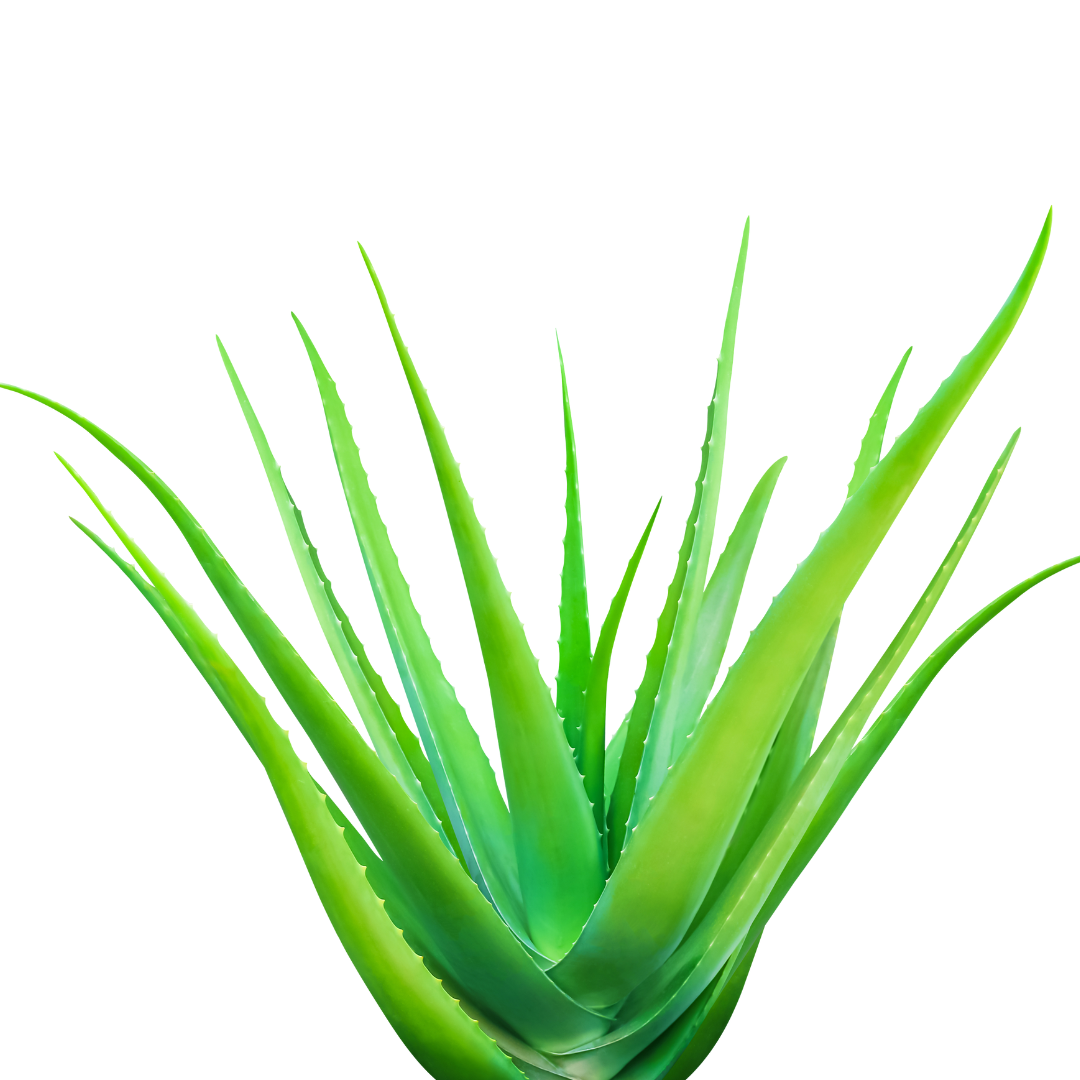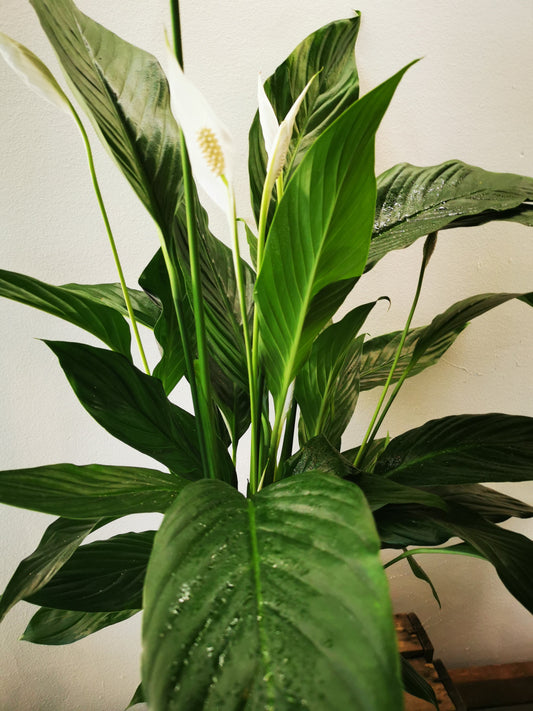
Aloe Vera Care
Share
Aloe Vera, the natural healer with countless benefits, is a popular choice for both indoor and outdoor gardens. This succulent beauty is not only decorative, but is also known for its medicinal properties. In this comprehensive guide, we’ll take you into the world of Aloe Vera and share everything you need to know to keep your plant healthy and happy.
1. General Information about Aloe Vera
1.1 Origin
Native to the Middle East and parts of Africa, Aloe Vera has gained worldwide recognition for its therapeutic properties. This succulent has thick, fleshy leaves that contain a gel-like substance with numerous uses.
1.2 Types
Although Aloe Vera is the most well-known species, there are over 500 species of Aloe plants. Each species has unique characteristics, but most share the same basic care. Some examples include:
- Aloe Vera
- Aloe Arborescens
- Aloe Polyphylla
- Aloe Ferox
- Aloe Maculata
- Aloe Chinensis
- Aloe Juvenna
- Aloe Tika Tahi
- Aloe Aristata Cosmo
2. Aloe Vera Care
2.1 Watering
Aloe Vera thrives in dry conditions. Allow the soil to dry thoroughly between waterings. Overwatering can lead to root rot , so be careful and water sparingly. Make sure it doesn't stand in water for too long.
2.2 Light and Location
This succulent darling loves bright, indirect sunlight. Place your Aloe Vera in a spot where it will receive plenty of light, but avoid direct sunlight, especially during the hottest hours of the day.
2.3 Potting soil
Aloe Vera needs a well-draining potting soil. Use a mixture specifically for cacti and succulents to ensure that excess water drains quickly.
2.4 Fertilization and Nutrition
Fertilize your Aloe Vera sparingly, only once a year in the spring. Too much fertilizer can damage the plant.
3. Aloe Vera Cuttings
Aloe Vera can be propagated by cuttings. Carefully cut off a healthy leaf and let it dry for a day or two. Then plant it in a pot with cactus soil and water it moderately. Make sure the cutting gets enough light to develop roots.
4. Common Problems
4.1 Aloe Vera Gets Brown Leaves
Brown leaves can indicate too much direct sunlight or overwatering. Move the plant to a less sunny location and reduce watering.
4.2 Aloe Vera Leaves Become Thin and Limp
This could be due to insufficient light. Provide plenty of bright, indirect sunlight to keep the leaves firm.
4.3 Aloe Vera Does Not Produce New Leaves
A lack of new leaves may be due to insufficient light or fertilization. Move the plant to a brighter location and consider giving it a light fertilization in the spring.
4.4 Mold on the potting soil of my Aloe Vera
Mold growth in the potting soil can be caused by too much moisture. Allow the soil to dry thoroughly between waterings to prevent mold.
4.5 Does Aloe Vera Make Flowers?
Yes, Aloe Vera can flower, but it is not as common in plants grown indoors. The flowers are usually tubular and can vary in color. Flowering usually occurs on older plants and is often triggered by certain environmental factors.
4.6 Is Aloe Vera Poisonous to Cats?
Yes, Aloe Vera is toxic to cats. The gel-like substance in the leaves can cause stomach upset if ingested. It is important to keep Aloe Vera out of reach of pets.
4.7 My Aloe Vera Is Falling Over
If your Aloe Vera starts to lean or fall over, this may be due to the top being too heavy in relation to the roots or not enough support. Support the plant with a stick or bamboo stake to make it stand upright. Make sure the pot is sturdy to prevent it from falling over.





